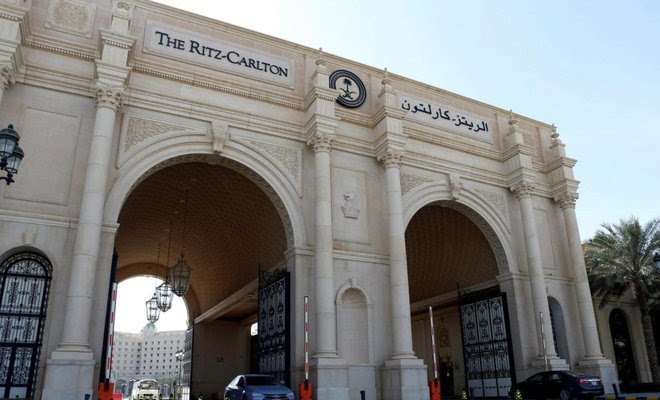Arab News
The demand for hotels in Saudi Arabia was driven by school holiday in the kingdom. (Reuters)
DUBAI: The Middle East’s hotel industry reported a mixed performance in January, as higher demand for rooms failed to boost room rates during the month, according to industry monitor STR.
Hotels in Africa, meanwhile, posted improvements across three performance metrics for the sector.
Average occupancy rates at Middle East hotels were up 1.9 percent year-on-year to 69.1 percent last month, but failed to boost average daily rates (ADR) and lost 3.4 percent instead to $170.28.
Revenue per available room (RevPAR) was down 1.6 percent to $117.75.
RevPAR, a bellwether for the sector’s business performance, is derived by multiplying a hotel’s ADR by its occupancy rate.
“The January school holiday, which fell primarily in February last year, pushed a 16.4 percent rise in demand. Both occupancy and ADR levels continue to be pressured by supply growth, which rose to 9.3 percent for the month,” STR said in its monthly industry analysis.
Saudi Arabia’s hotel development pipeline represents 76 percent of the existing room supply in the country, STR added, emphasizing these “long-term investments were being made in tourism and hospitality as part of Vision 2030.”
Average occupancy rates for hotels in Africa rose by an annualized 5.7 percent to 53.4 percent in January, STR said, as ADR gained 2.6 percent to $126.55. RevPAR was also up 8.4 percent to $67.54 during the month.
For the said region, Morocco hotels registered the first RevPAR increase for a January month since 2014, driven by the number of visitor numbers generated during the FIA Formula E Championship race in Marrakech as well as Marrakech Marathon.
Average hotel occupancy rate in Morocco was up 16.3 percent to 54.1 percent, ADR was 28.5 percent higher to 129.16 Moroccan dirhams while RevPAR was up 49.5 percent to 69.9 Moroccan dirhams.
Nigerian hotels also reported improvements in occupancy rates despite security concerns in the country, with demand for rooms up 8.6 percent to 41.4 percent. Average daily room rates, however , fell 11.2 percent to 136.09 Nigerian naira, while RevPAR was 3.6 percent lower to 56.38 Nigerian naira.







